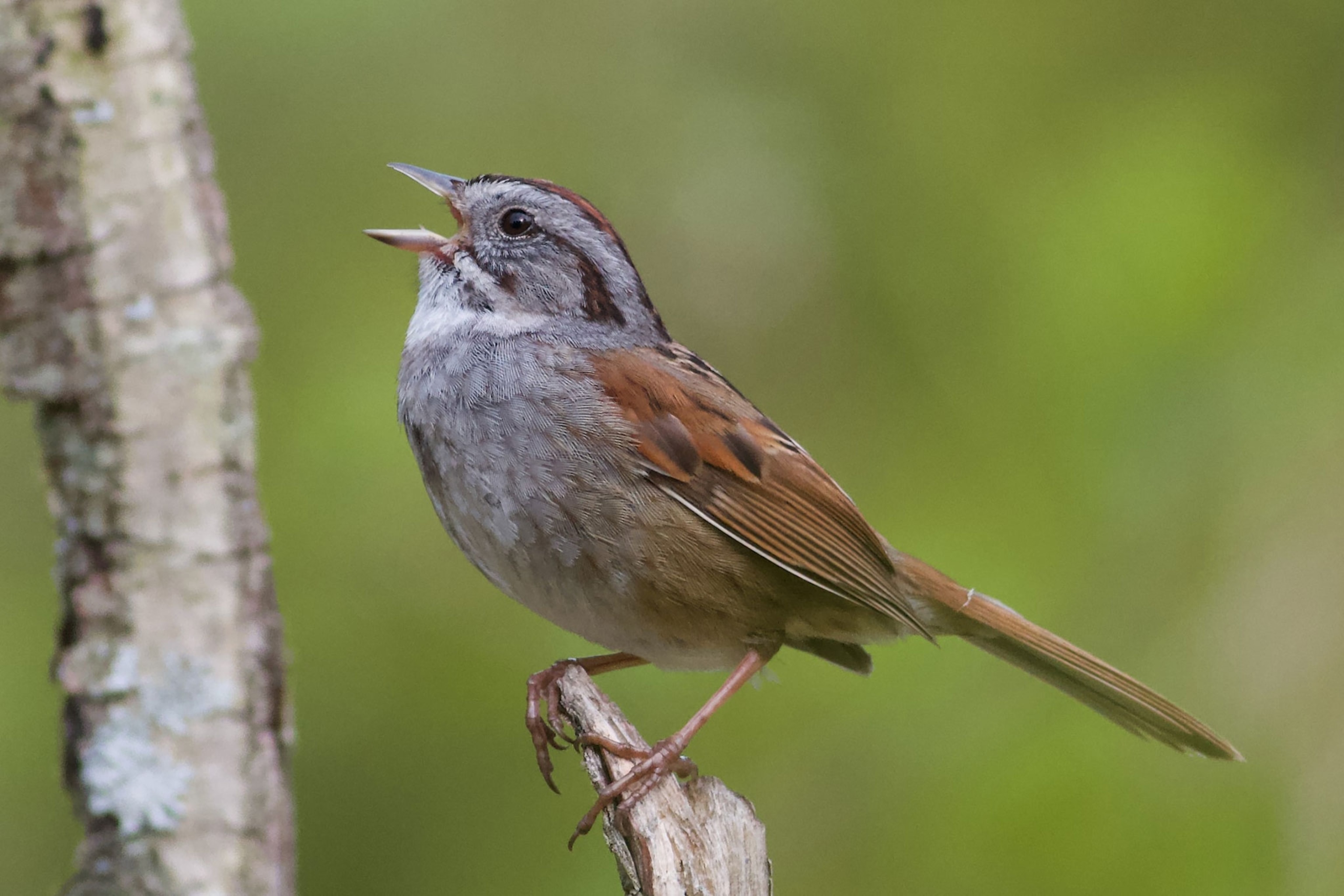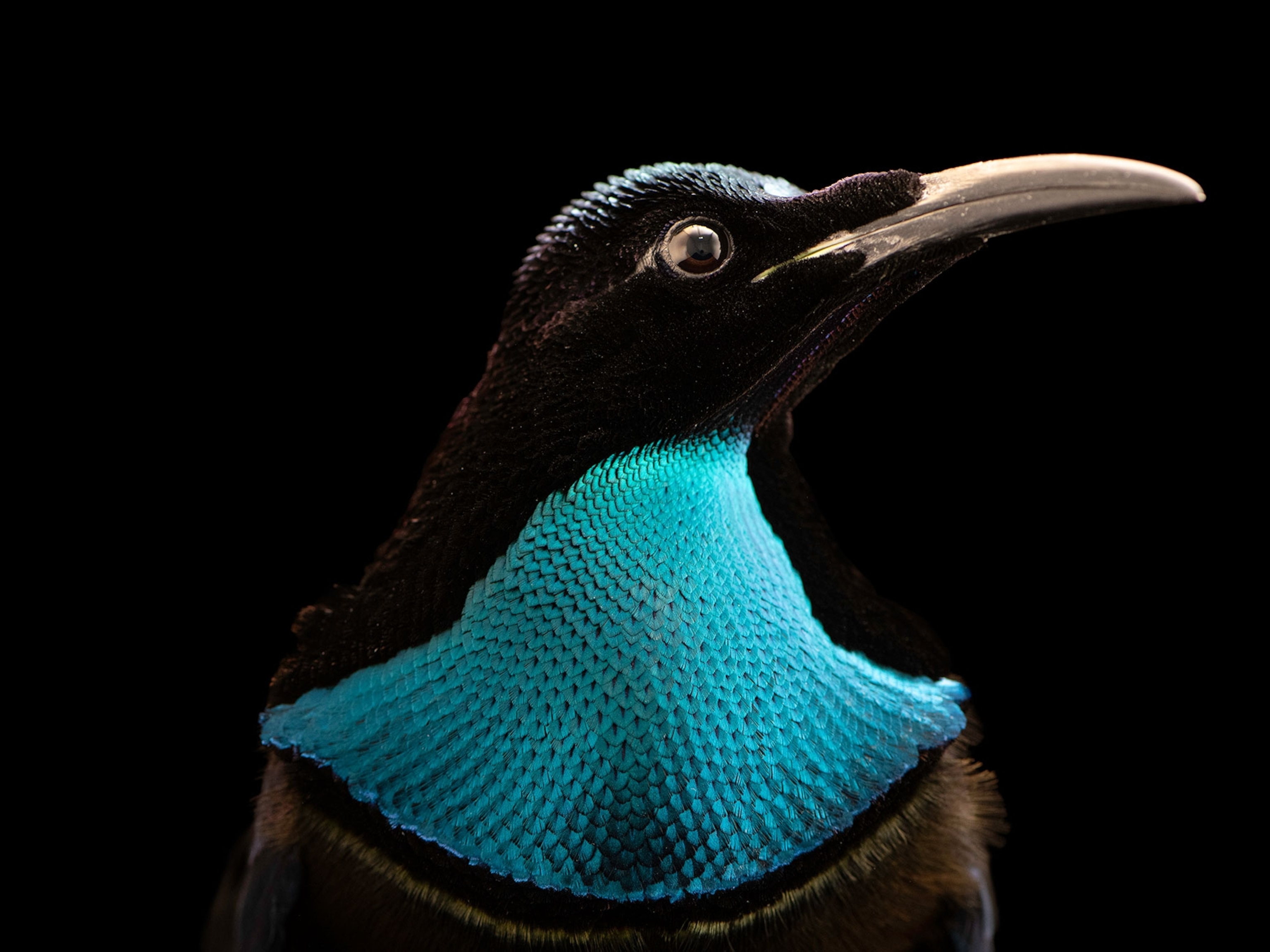
This Bird Has Been Singing the Same Song for 1,000 Years
The American swamp sparrow’s amazing ability to pass down its song perfectly is an example of handing down a cultural tradition, scientists say.
Every summer, the melodic whistles of thousands of American swamp sparrows echo across North America’s wetlands. These little brown birds may know just a few songs, but they know them well. In fact, they haven’t changed their set list in more than 1,000 years, according to a new study.
Scientists have discovered evidence that the American swamp sparrow, Melospiza georgiana, has likely been singing the same songs for a millennium. The young sparrows mimic the songs sung by their elders so accurately that their musical repertoire has remained relatively unchanged for all that time. Now, scientists suggest that these sparrows preserve their cultural traditions as efficiently as humans do, if not more so. The team reports the findings Wednesday in the journal Nature Communications.
“We were able to show that swamp sparrows very rarely make mistakes when they learn their songs, and they don't just learn songs at random, they pick up commoner songs rather than rarer songs,” says Robert Lachlan, a biologist at Queen Mary University of London and the study’s lead author.
Like humans, baby swamp sparrows learn to communicate by mimicking the adults around them. And like kids that learn only the biggest pop hits, these sparrows don’t memorize every song they hear. Instead, they choose to learn the songs they hear most often — a learning strategy that scientists call conformist bias, which until recently was thought to be unique to humans.
Between 2008 and 2009, Lachlan and his colleagues recorded the melodic calls of 615 male swamp sparrows living across the northeastern United States. Using acoustic analysis software, the researchers broke each song down into a collection of notes, or syllables, and measured the degree of diversity among the compositions.
The analysis revealed that only two percent of male swamp sparrows deviated from the musical status quo.
Lachlan says that the combination of the birds’ “conformist bias” and their ability to so precisely mimic their elders allows them to create traditions that persist unchanged for centuries.
“With those two ingredients together, you end up with traditions that are really stable. The song-types that you hear in the marshes of North America today may well have been there 1,000 years ago,” says Lachlan.
This study is among the first to assess the longevity of song traditions within a bird species, and its findings provide a baseline for scientists to measure the impact of habitat loss on the cultural evolution of songbirds.
“It’s really exciting,” says Andrew Farnsworth, an ornithologist with Cornell University.“Having this approach and these findings as a baseline against which to compare a changing reality of habitat fragmentation and loss is really important.”
Introducing man-made barriers, such as cities, roads, and plantations, into an animal's habitat, can turn a unified population into a collection of isolated groups that rarely interact. Studies have shown that this type of fragmentation can hinder cultural transmission between songbird populations.
Farnsworth says he hopes future research will “evolve from this line of work,” adding “the notion of passing down cultural traditions is obviously something we as humans hold dear, and seeing the potential for it in other organisms is super cool.”
The Year of the Bird
In 1918 Congress passed the Migratory Bird Treaty Act to protect birds from wanton killing. To celebrate the centennial, National Geographic is partnering with the National Audubon Society, BirdLife International, and the Cornell Lab of Ornithology to declare 2018 the Year of the Bird. Sign the pledge to find out this month's action and share your actions using #BirdYourWorld to increase your impact.





































